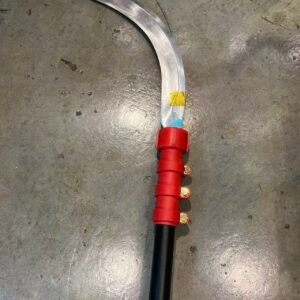1. Hatchet vs Machete type : Purpose, History, and Key Differences
In the world of cutting tools, hatchets and machetes are two distinct yet often compared instruments. To make the right choice as a buyer or distributor, it’s essential to understand their fundamental differences in purpose, design, and user function.
hatchet-vs-machete:
A hatchet is a small, one-handed axe designed primarily for chopping, splitting, and shaping wood. Its compact size and heavy steel head make it perfect for tasks such as cutting firewood, trimming logs, or even driving tent stakes. With roots in forestry and construction, the hatchet is a precision tool for controlled force.
A machete, on the other hand, is a long-bladed cutting tool used mainly for clearing vegetation, harvesting crops, and bush cutting. It originated in tropical climates where fast, wide-range blade movement is preferred for speed and coverage. Machetes are commonly used in agriculture, survival training, and even military operations.
Key differences include:
- Blade design: Hatchet has a thick, short blade for impact. Machete has a thin, long blade for slicing.
- Weight distribution: Hatchets concentrate weight on the head for striking force. Machetes spread weight along the blade.
- Grip usage: Hatchets are gripped with force for power; machetes allow for swing and flow.
- Tasks performed: Hatchets for woodwork and campsite use. Machetes for grass, vines, crops, and bush.
In summary, hatchet vs machete is not about which is better universally, but which suits the task at hand. For outdoor work, land maintenance, or survival markets, knowing these nuances is vital before placing large-scale B2B orders.
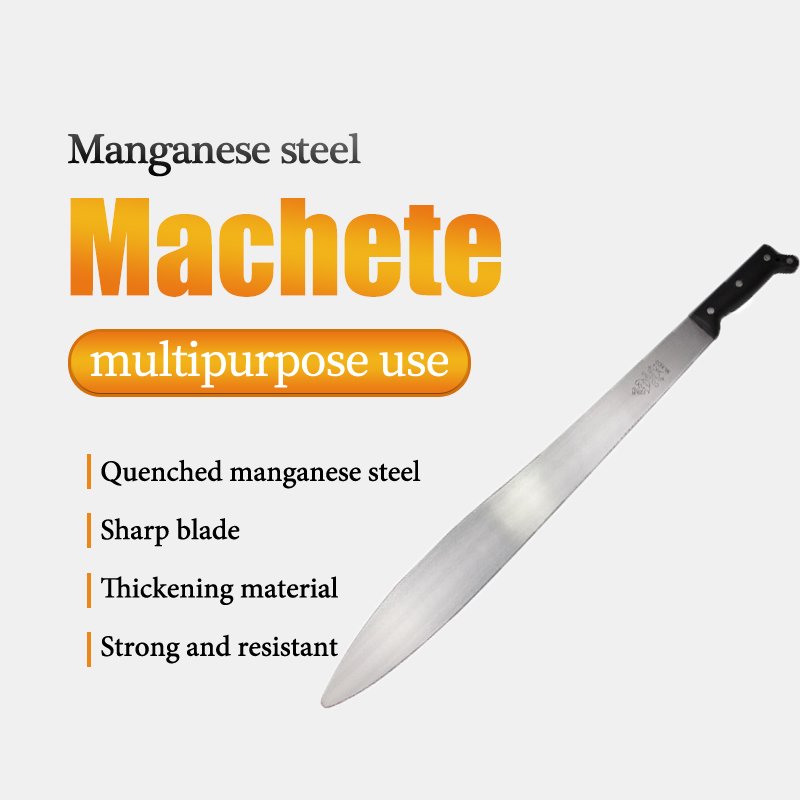
2. Hatchet and Machete in Modern Use: Which One Fits Your Market?
Different regions, industries, and end-users value hatchet and machete tools in unique ways. As a distributor or wholesale buyer, your success depends on matching tool features with local market demand and user preferences.
In Latin America, machetes are deeply rooted in agriculture. Farmers use them daily to clear fields, cut sugarcane, and harvest bananas. Straight-blade or Panga-style machetes dominate this market. In contrast, hatchets are less common here but gaining traction in outdoor retail and bushcraft circles.
In West Africa, both tools have their place. Machetes (often called cutlasses) are essential for farm work and bush clearing. But hatchets are used for woodcutting in rural households and construction. Ghana, Nigeria, and Cameroon buyers often need both in their portfolio.
In Southeast Asia, the line blurs. Jungle terrain demands the reach of a machete, while rural homes value the power of a hatchet. Retailers benefit from offering a hatchet and machete combo, especially in tool kits or outdoor gear packages.
Key factors that drive purchasing behavior:
- Tool versatility: Machetes serve wide purposes in farming, hatchets in construction.
- Storage & mobility: Hatchets are easy to carry; machetes require sheaths and more space.
- User comfort: Machetes need skill to handle long blades safely; hatchets are beginner-friendly.
- Durability and life cycle: Both last long, but hatchets can handle repeated impact better.
In short, hatchet and machete tools serve different markets. Understanding your local buyers—whether they are farmers, DIY users, hardware dealers, or outdoor retailers—helps you decide which product line to emphasize.
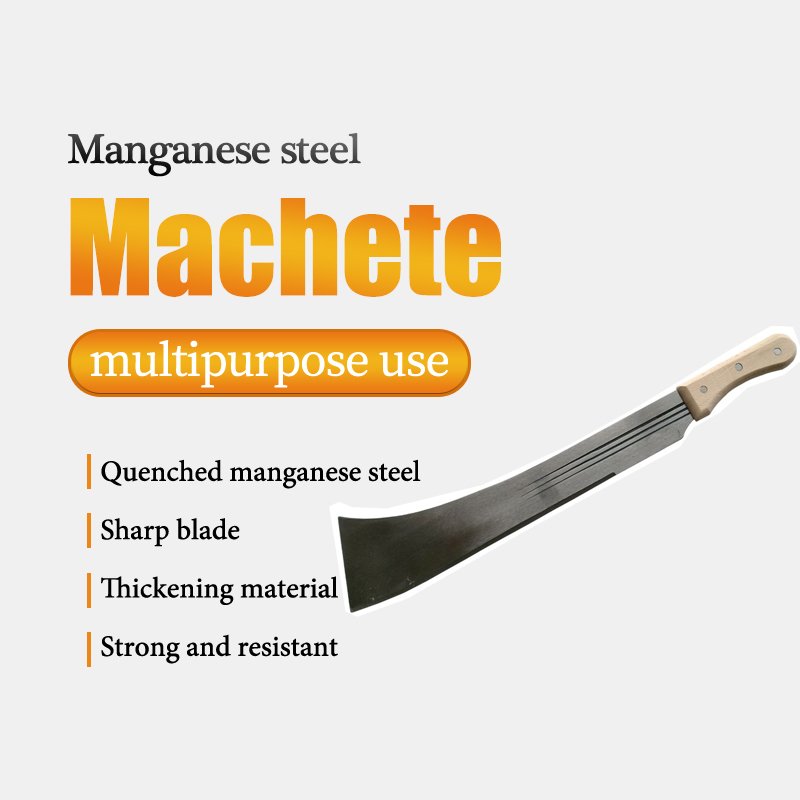
3. Hatchet Machete Solutions from Gemlight: Designed for Heavy Work
At Gemlight, we proudly manufacture both hatchet machete tools and their individual variants to serve the world’s most demanding buyers. As a professional factory with over 20 years of forging expertise, we provide tools that combine durability, ergonomics, and bulk value—essential for importers and brand owners.
Machete Line
Our machetes are made of high-carbon steel, treated with quenching and tempering processes to deliver the ideal hardness (HRC 47–52). Whether you need Latin-style, Panga, or custom machete profiles, our blades are:
- Fully polished to resist rust
- Sharpened edge-to-point for precision cutting
- Designed in sizes from 14” to 24” for various use cases
Handle choices include:
- Hardwood handles riveted with steel
- Plastic handles with anti-slip texture
- Full-tang designs for balanced swing control
Hatchet Series
Gemlight hatchets are built for impact. Our steel heads are drop-forged, with a sharp edge and thick back for dual use—chopping and hammering. Hatchet sizes range from 600g to 1000g. Each head is coated with anti-corrosion treatment and available in polished or painted finish.
Handle materials include:
- Premium ash or hickory wood
- Fiberglass core with rubber grips for anti-shock protection
We also provide combination kits for hatchet and machete buyers, especially those selling to outdoor gear shops or government supply chains.
OEM/ODM Services
Gemlight supports private logo engraving, packaging design, and model customization. We also offer:
- Flexible MOQ starting from 1,000 pcs
- 30-day lead time from order to port
- Full export documentation support
Whether you need products under your own brand or bulk unbranded tools for distribution, Gemlight delivers consistency and reliability with every order.
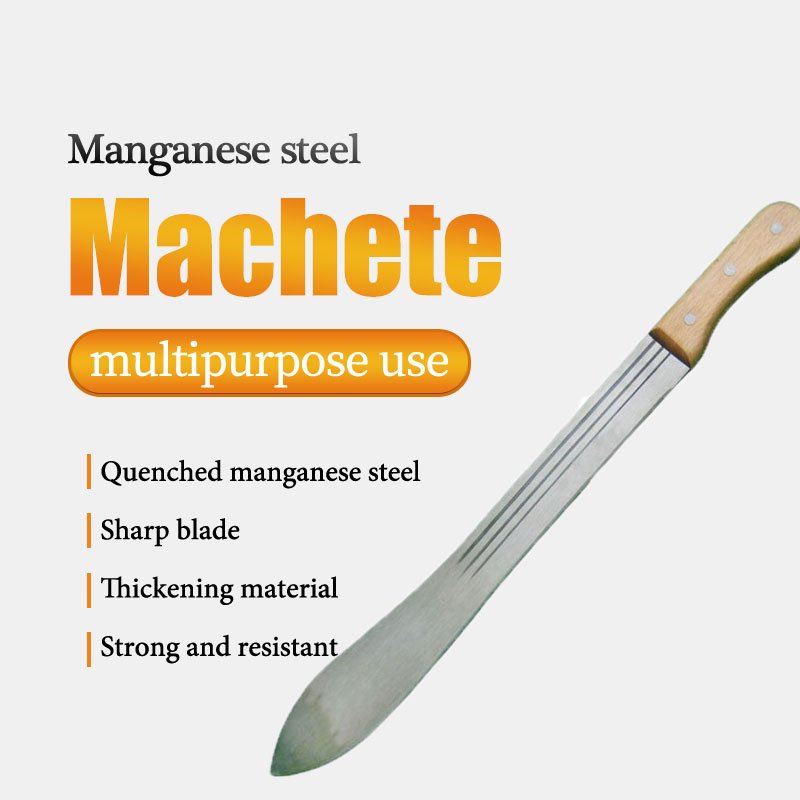
4. Is a Machete or Hatchet Better? What B2B Buyers Should Consider
Is a machete or hatchet better? The honest answer is: it depends on your market, customer needs, and intended application. As a B2B buyer, your decision should be strategic—not emotional.
If your customers work in agriculture, forestry, or land clearing, then a machete is often the right call. Its length, blade style, and swing range offer fast area coverage. For example:
- Sugarcane machete cutting in Africa
- Banana harvesting in Latin America
- Trail clearing in Southeast Asia
On the other hand, hatchets are perfect for:
- Woodcutting in rural households
- Bushcraft and survival training
- Light construction and carpentry
- Emergency kits and hardware retail
What should buyers evaluate?
- Use scenario: Urban or rural? Household or farming? Emergency or everyday tool?
- Volume and price: Hatchets cost more per unit, but have higher perceived value in some markets.
- User safety: Machetes require more skill. Hatchets are easier to learn.
- Logistics: Machetes ship flat and stack better. Hatchets take more volume and need more protection.
- Market trends: Is there a growing interest in outdoor survival or local farming subsidies?
Ultimately, the best approach is to offer both tools—or even hybrid kits—if your distribution model allows. When imported from a factory like Gemlight, buyers gain margin, quality control, and brand support.
For B2B buyers looking to win in the hand tool segment, hatchet vs machete is not a competition—it’s a smart pairing.
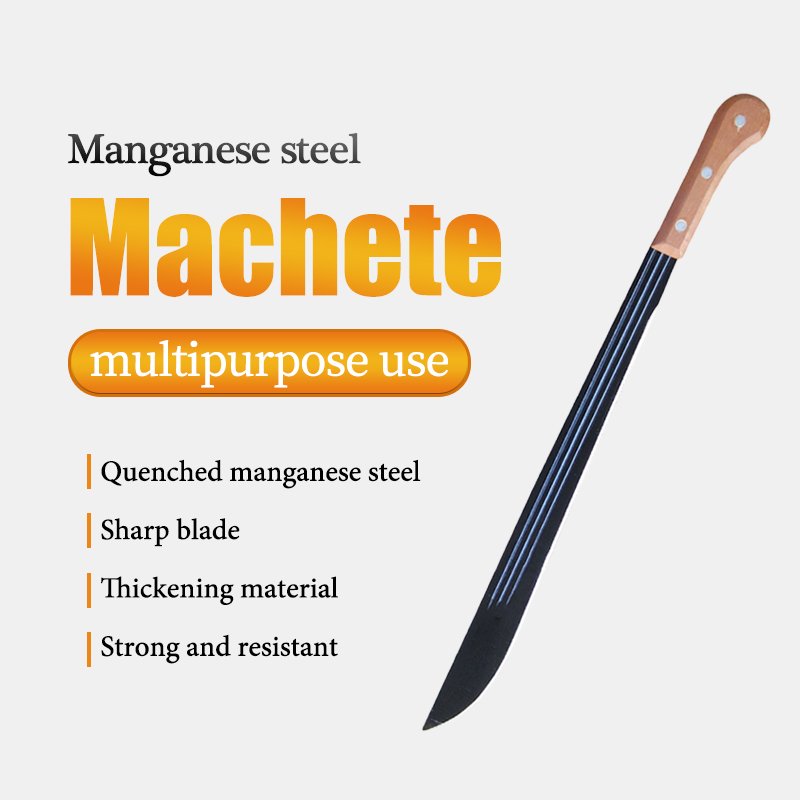
About us:
Dingzhou Gemlight Cutting Tools Co., Ltd.,With a solid foundation since 1990, Gemlight machete is a trusted name in the field of cane machete manufacturing. We focus on R&D, design and production to produce high quality wholesale china machete and shovel,hoe,pickaxe,sickle,farm tools.
Gemlight Machete factory Based in Baoding, Hebei, China, we benefit from efficient logistics and fast delivery. Our products have been well received in more than 50 countries, thanks to our commitment to customer satisfaction

